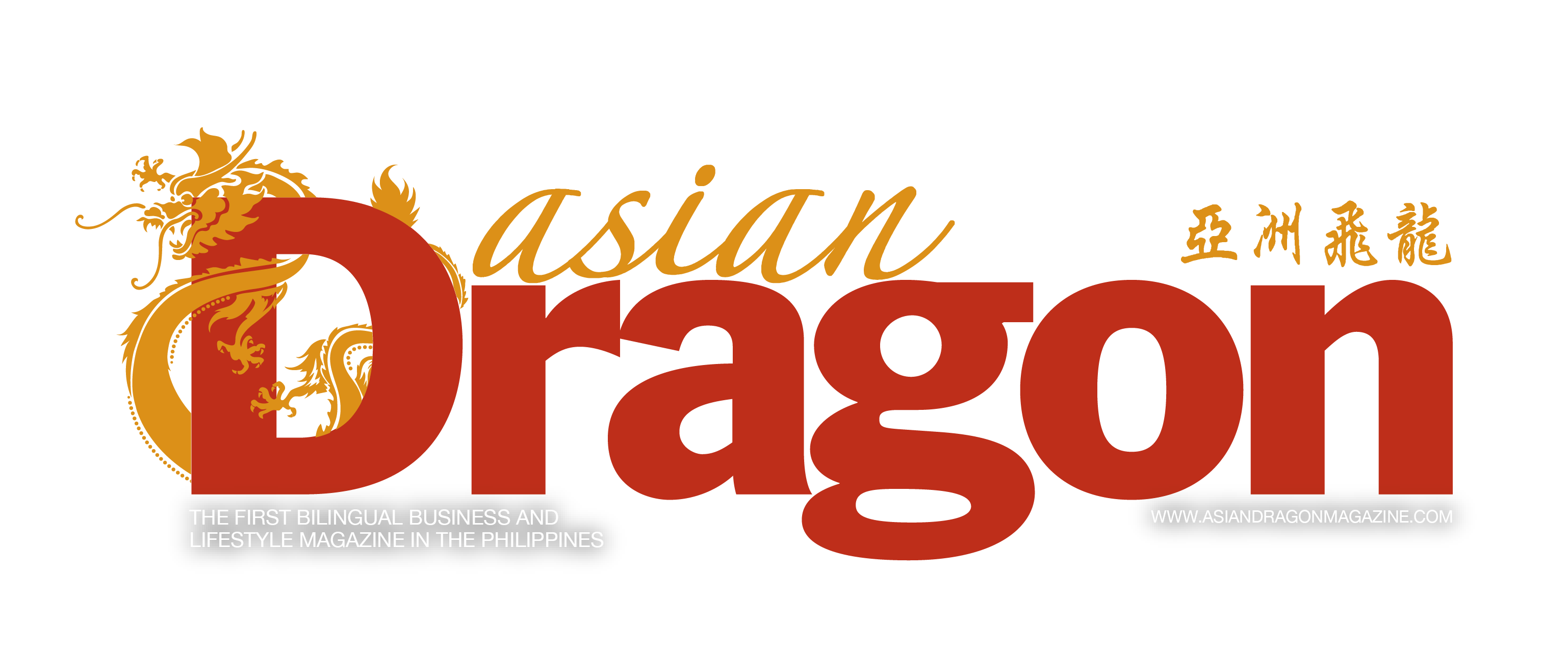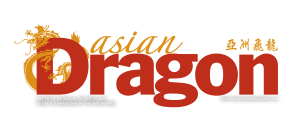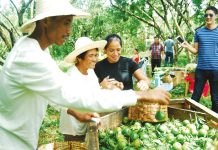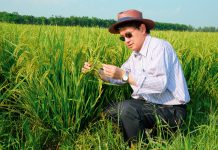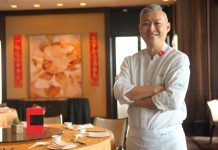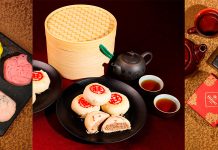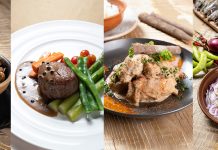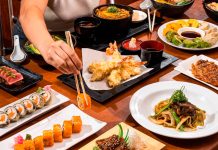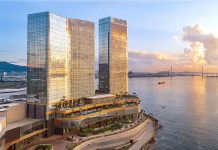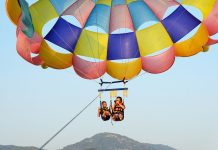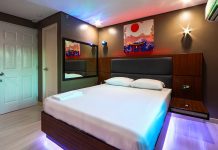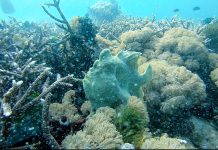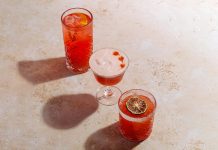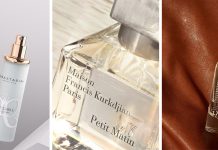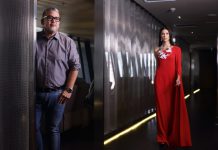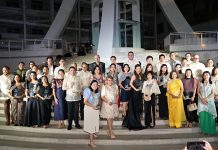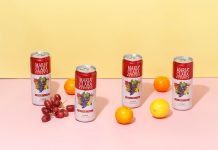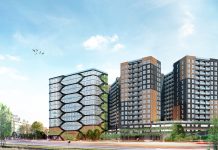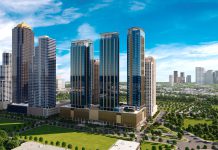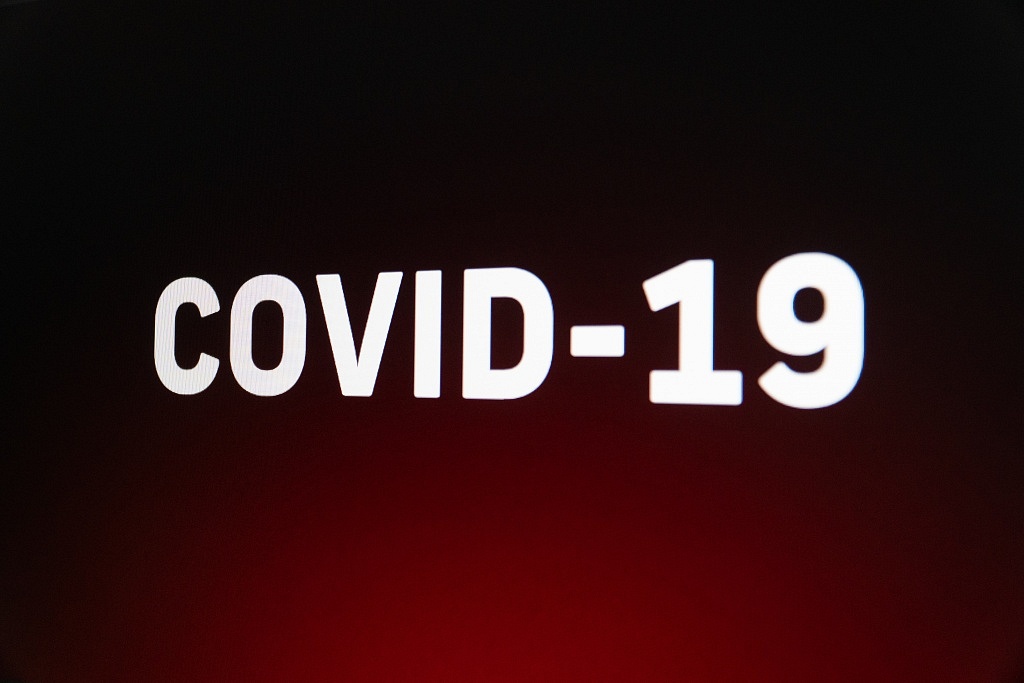
AS many have already said, combating COVID-19 is like fighting a war against an enemy we cannot see. We do not have enough scientific information to guide us, and all we have are pockets of information that are fragmented at the moment, and we are unable to paint a complete tapestry.
This is what we know so far:
The virus. This is a fairly new form of coronavirus, and its behavior is rather strange. It seems to preferentially attack more senior individuals. The transmission, as far as we know, is still via droplets, with contact and surface contamination still highly probable, hence the quarantine protocols. The idea of the aerosolized droplets becoming airborne needs more clarification. Medical journal articles have indicated that it is possible for the virus to be airborne for three hours following nebulization, and this happens in high-risk environments like hospital settings. This then has implications for health workers who will need increased protection, which may not be necessary for the general public. The figures vary from country to country. Not everyone who gets exposed gets the infection, and there are still more self-limiting cases, according to medical experts, but we are not sure, because we do not do lab testing for confirmation. The case fatality rate is still evolving and is dependent on the health system of countries; it is between 1 and 4 percent.
Detection and diagnosis. To date, the rapid test kits using antibody testing is still not approved for use in the Philippines. This is reasonable precaution, because unless properly supervised and correctly interpreted in context, one will erroneously have false negatives who are then unleashed into the community to infect others. Antibodies take five days on the average to develop, and if such tests are done too early, well, you see what can happen. The only test kit—think of it as a lab system—is the polymerase chain reaction (PCR) method. There are two parts to detection: extraction of a biological specimen, a throat swab, and then having this determined in a bench lab with PCR equipment using a standard protocol that will match the specimen with the genome of the N-Coronavirus. The questions we should be asking are about the sensitivity and specificity of such tests in determining the virus in suspected patients. As this process takes time, there is considerable delay in diagnosis, and patients are in fact managed clinically.
So many frontline health workers do not know with certainty they have been exposed to a COVID + or not, and have to be quarantined for 14 days. When they then learn belatedly of the test result of the patient they handled, they are taken out of commission, decimating the health workforce.
Prevention. The first method is about physical prevention using face masks and personal protective equipment (PPE), which, by the way, is in scarce supply globally. Part of the problem is then absence of a centralized wholesaler who can consolidate the nation’s requirement. Following the laws of economics, many private hospitals with the funds and generous donors compete for scarce supplies, artificially inflating the price of these goods in the open market. From a development perspective, inequity exists, to the disadvantage of the lower socio-economic strata of society. The second method of prevention is via a proposed vaccine, which is still under development. The World Health Organization (WHO) prediction is that it may take 18 more months. From a health system’s view, it may be necessary to “sacrifice” a volunteer hospital to be a focal COVID center, in order to spare and protect the other hospitals in order to cater to non-COVID cases. The long-term view is that neglected medical diseases due to out-patient department shutdown and the postponement of surgical operations can lead to more deaths.
Treatment. This is the exciting part. There are medical reports that a Roche product for arthritis is being tested in Phase 3 trials for controlling the cytokine storm caused by COVID pneumonia. This is tocilizumab. There are also now reports that the combination of hydrozychloroquine (an anti-malarial med) and azithromycin (an antibacterial) can create a good outcome. But note that the use of these on an off-label indication (anti-COVID) may need FDA approval; otherwise, there is medico-legal conundrum. That said, we are not sure where our Department of Health (DOH) and Food and Drug Administration (FDA) authorities are at the moment in providing such permits.
Recovery. We do not know if those exposed, infected, or cured and sent home develop life-long immunity. It’s too early to tell. There are now some reports that there may be reinfection, and that repeat tests of those already COVID negative now come out positive. What this means, we are unsure. If there is no lifelong immunity, then a vaccine is not useful. If there is reinfection, is this a sign of viral mutation?
Technology. There are some self-diagnosis apps coming out to help the public determine if they are infected or at risk and need to be tested. Some of these apps are not perfect, and may overdiagnose or underdiagnose. There are also apps like Chat Bot that help individuals access information and consult health professionals. Some groups are manufacturing all sorts of disinfecting devices like tents with chemical spray. Some are manufacturing PPE using local materials to address the lack of imported PPEs. Singapore, we understand, uses CCTV to track suspects and do contact tracing.
